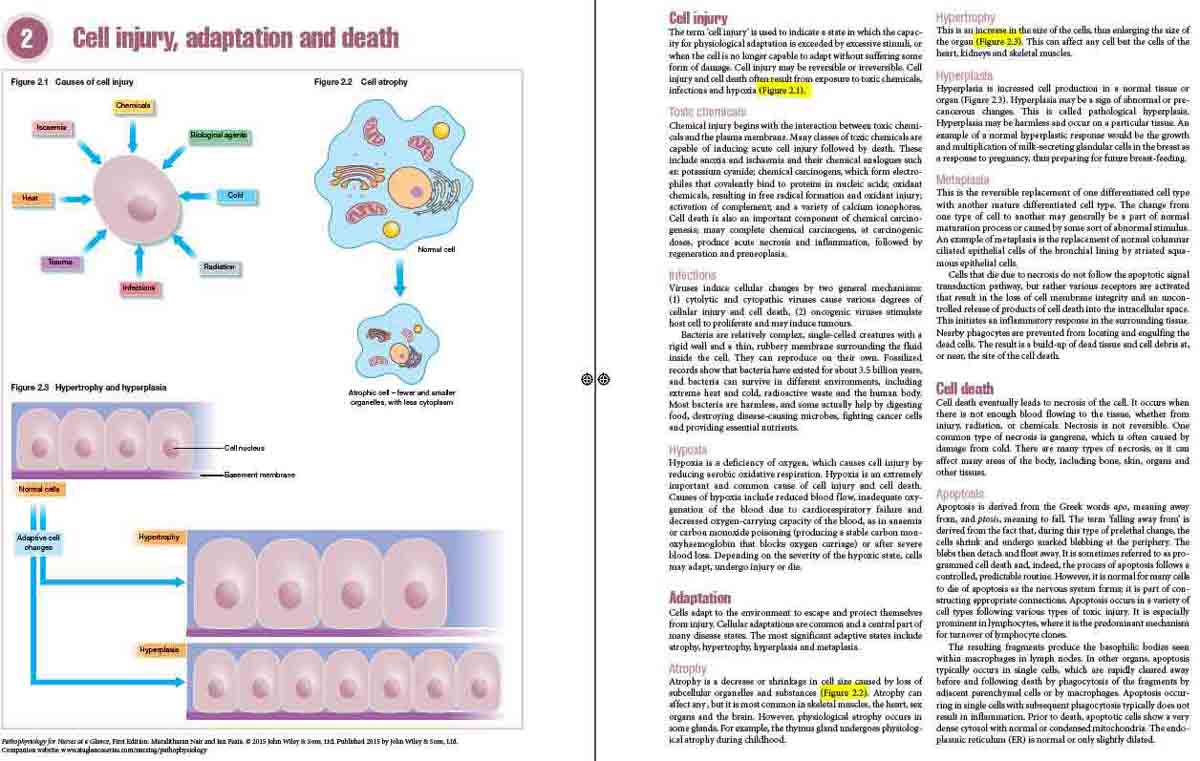Writing for Search Engine Optimization
The tips below will help you make your book easy to find by prospective readers online.
Abstracts and Keywords
As part of our publishing service to authors, your book may be part of our online-book program. Please supply an abstract and list of keywords for each chapter. We recommend a 50-150 word abstract and up to 10 keywords for each chapter.
These abstracts are free to view online and will increase discoverability and readership of your chapter by encouraging readers to go to the main text.
Please note that the abstracts and keywords are for the electronic edition of your book and will not appear in the print version.
Chapter Titles and Headings
Chapter titles should be direct and specific, and describe the chapter content without further explanation being required.
We recommend that you avoid metaphors, puns, and colloquialisms as this is not always appropriate for a global audience.
For chapter headings, use clear and consistent heading hierarchy, and avoid lengthy paragraphs of text. Three levels of subheadings are normally sufficient. For example:
1. Colors of the Rainbow
1.1 Red
1.1.1 Red Derivatives (Fuchsia, Maroon, Burgundy)
Cross-references and Citations
When using cross-references avoid locators (e.g. page numbers, ‘above’, ‘below’) that will not be accurate when content is reflowed into different formats. Instead use fixed locators such as Section 2.2 or Figure 3.6.
Figure, table and reference citations should be written out in full: for a string of references write [30,31,32,33,34], rather than [30–34]. This means that the user can link through to each individual reference or figure when they find your article online.
Reference lists, endnotes, bibliographies, Multiple Choice Questions, etc. should be placed with the relevant topic/chapter, rather than elsewhere in the book.
Artwork
While a printed book will have fixed page size and layout, digital devices and computer monitors can vary widely in screen size and resolution, and the layout will change to match.
If an image has multiple panels, try to introduce it in such a way that it can be laid out vertically or horizontally.
Rather than using indicators such as ‘on the left’ or ‘right’, number each panel separately and simply call them out by that number (1.4a, 1.4b, etc.). See example of a multi-panel image below:
